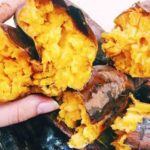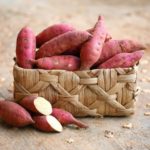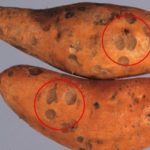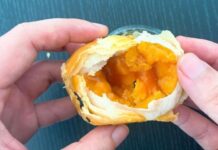Along with choosing vegetables that suit your family’s taste, the concern about pesticide residues is always top of mind. According to Associate Professor Dr. Nguyen Duy Thinh – an expert in Biotechnology and Food, it is difficult to draw an accurate conclusion about which type of vegetable has the most or least pesticide residues. Some vegetables may have high residues today but none the next day.
Based on the summary evaluation and testing results, some types of vegetables and fruits are more likely to have high pesticide residues such as various types of cabbages, legumes, cucumbers, tomatoes, etc.
So are there any types of vegetables and fruits with low or no pesticide residues? According to Dr. Nguyen Duy Thinh, this cannot be 100% certain. However, based on their growth, development characteristics, and usage demand, people can choose some types of vegetables and fruits that are considered safer and highly nutritious when going to the market.
Based on that, some types of vegetables and fruits such as Chinese chives, lotus roots, arrowroots, sweet potatoes, etc. are considered low or not likely to have pesticide residues. Dr. Thinh shared: “These types of vegetables are easy to grow and develop, like Chinese chives or seasonal ones like sweet potatoes and arrowroots. Especially, lotus roots and seeds are only available seasonally and cannot be stimulated with chemicals.”
Chinese Chives
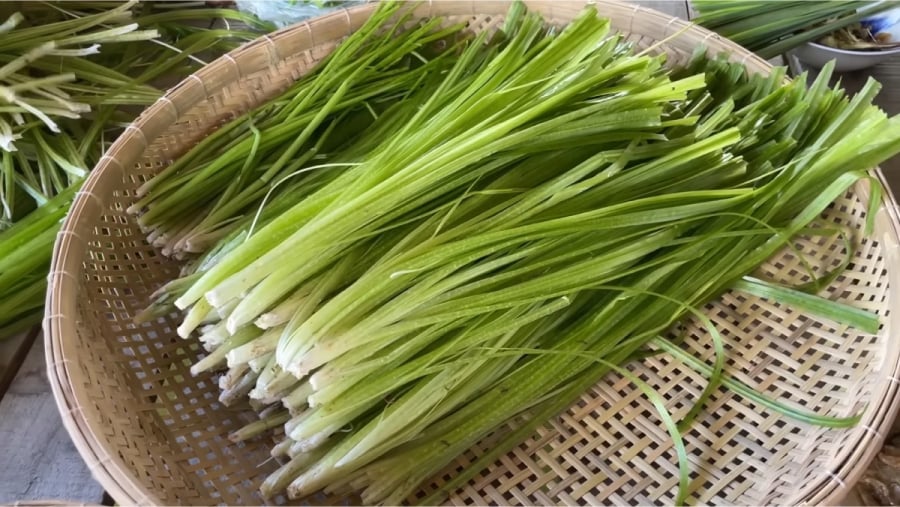
This is a familiar type of vegetable, widely grown in many places, and it belongs to the same family as onions but is rarely used. Chinese chives are also rarely found on the market, so the likelihood of having pesticide residues is very low.
Scientist – Pharmacist Bui Dac Sang (Hanoi Vietnamese Traditional Medicine Association, Vietnam Academy of Science and Technology) said that chives are wild plants used as food and medicine. In traditional medicine, chives have spicy, warm, and slightly sour tastes, with many effects on supporting and treating diseases.
Specifically, Chinese chives have the effect of clearing and lowering abdominal bloating, treating stomach pain caused by coldness. Besides, it can be used for women with menstrual disorders, people with hemorrhoids, bleeding, etc. Chinese chives are also a food and medicine that effectively supports the treatment of male sexual weakness.
Lotus Roots
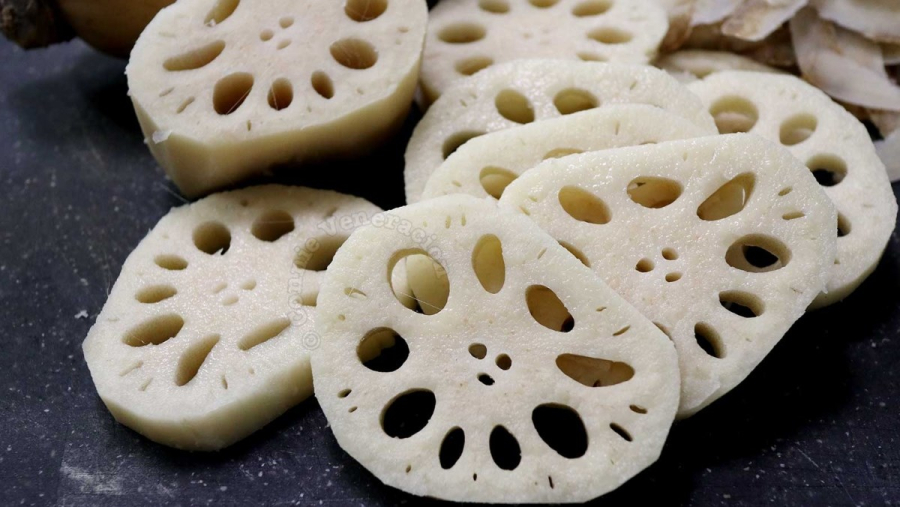
Lotus roots are only available seasonally and usually do not have pesticide residues. Lotus roots sold in markets are usually fresh, and they can be used immediately to make dishes or medicine. You can also process and dry them for gradual use without affecting the quality and nutritional value.
In traditional medicine, lotus roots and seeds are the most used parts. This type of root is good for treating anemia, improving intestinal motility, improving cardiovascular health, and supporting weight loss. Along with that, lotus roots are rich in vitamins and minerals, especially vitamin C, so when combined and processed into dishes, they are very beneficial for the body.
Arrowroots
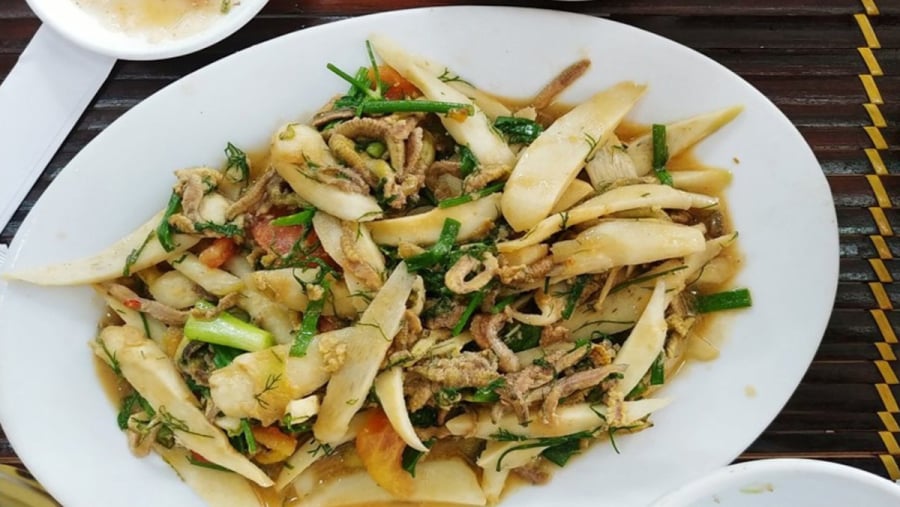
Arrowroots are only available seasonally and are commonly grown in the Red River Delta region, especially in Nam Dinh province, where they often grow submerged in water or muddy areas. Therefore, they are less affected by pesticides during cultivation and care.
Usually, traders will purchase arrowroots directly from the fields and they are less commonly found in markets. So when you go to the market and find arrowroots, you should buy them and cook them for your family, to ensure safety and high nutritional value.
In modern medicine, arrowroots contain many proteins, lipids, carbohydrates, calcium, iron, phosphorus, and vitamins A, B1, B2, B6, C, D, E, K, carotene, etc. In terms of traditional medicine, arrowroots can be used to treat fever and dysentery, stomachache caused by heat, and are suitable for people with diabetes and high blood pressure.
However, Mr. Sang also advised: “Although they can be eaten raw, it is best to cook them before consumption because these roots grow in water or mud, making them susceptible to harmful parasites.”

























